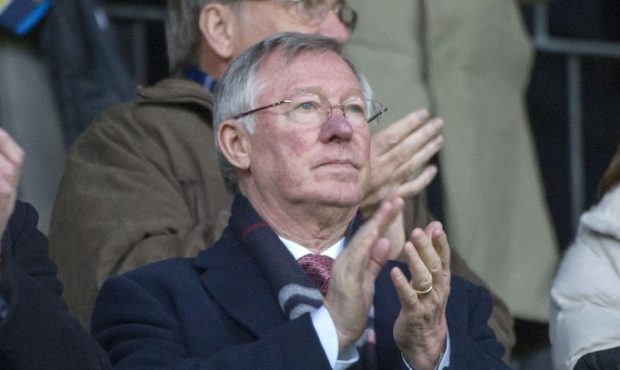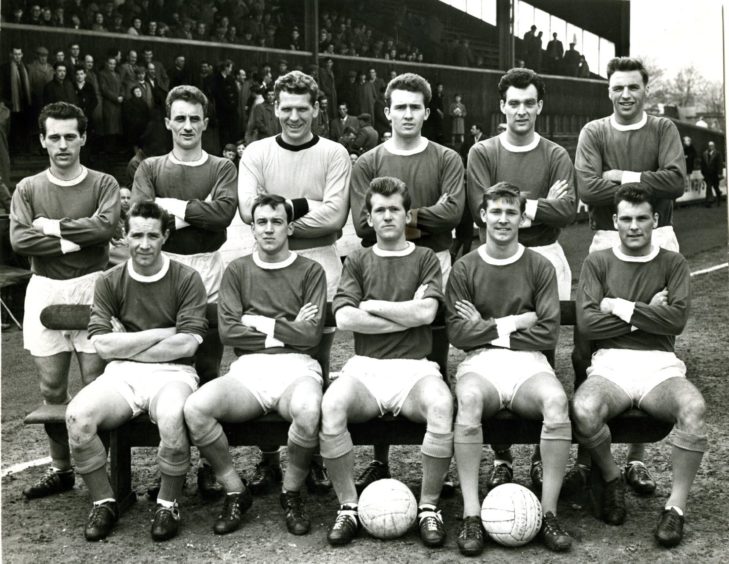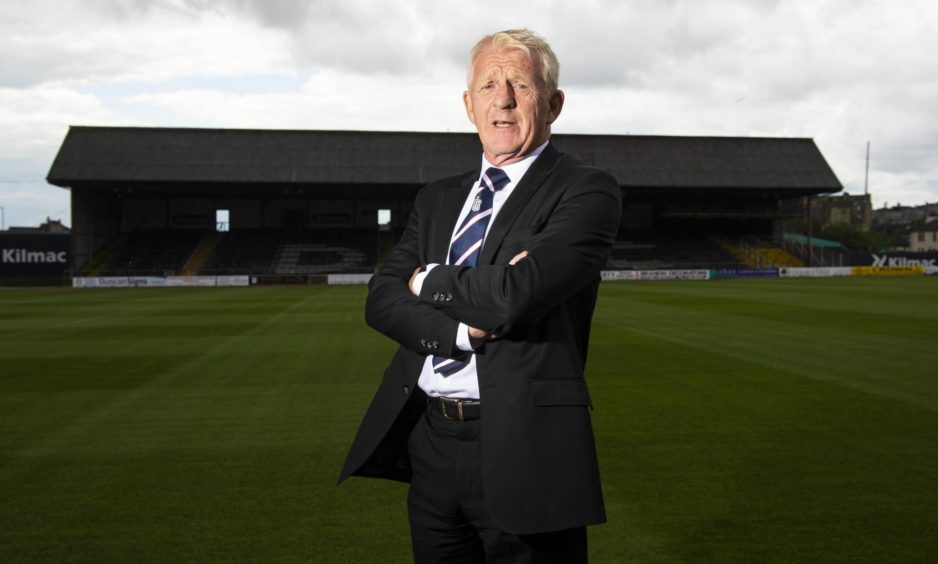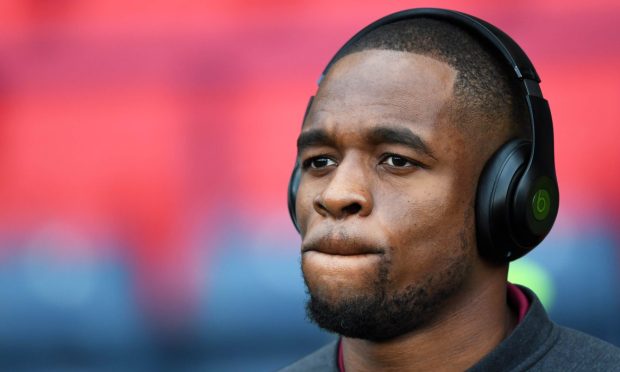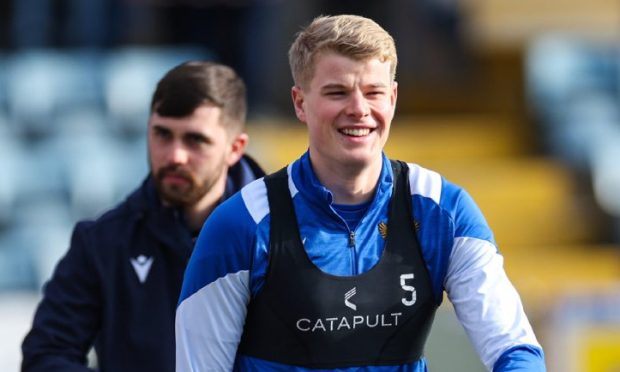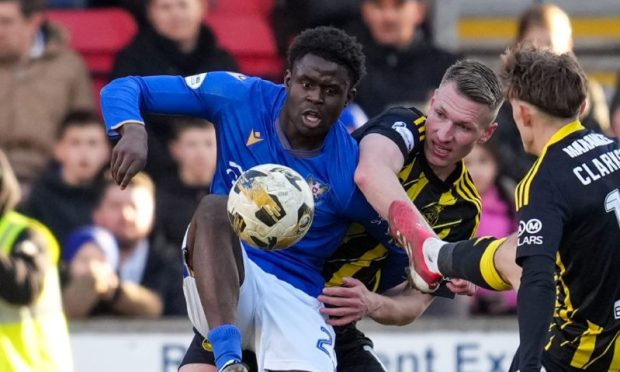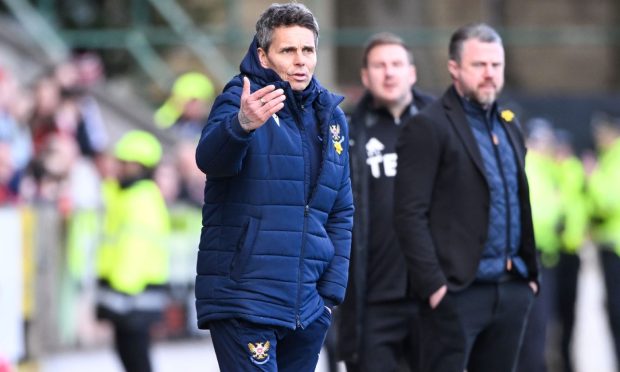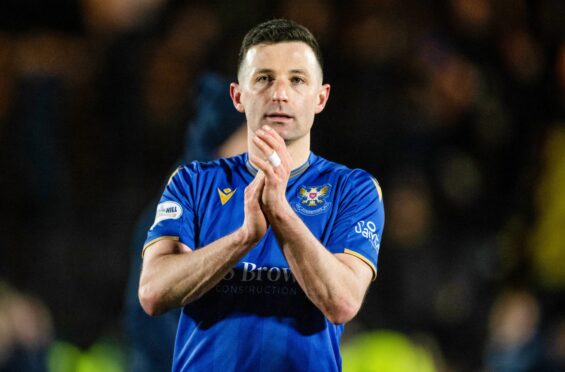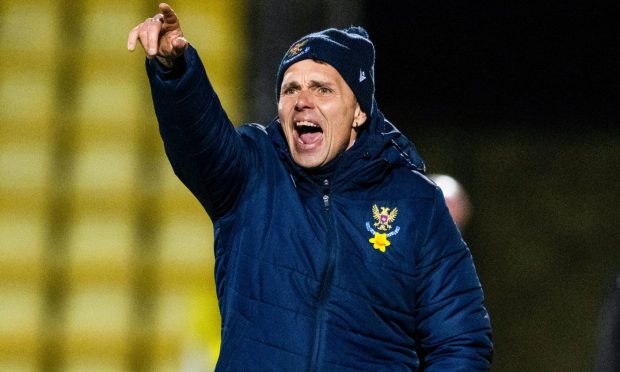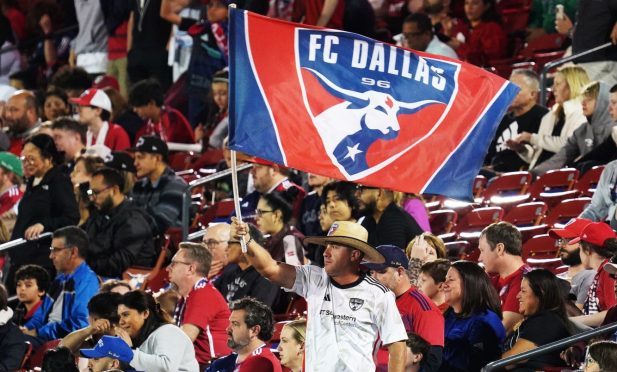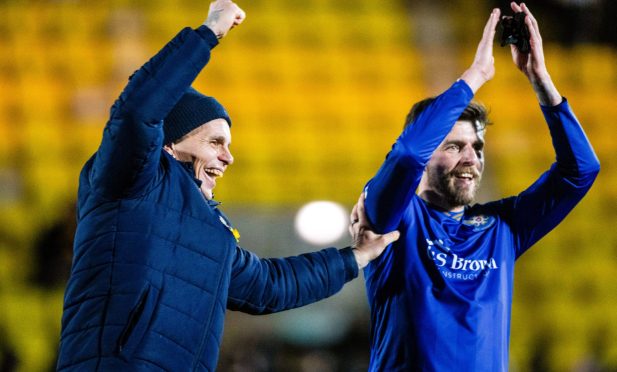The famous hat-trick scored by Sir Alex Ferguson for St Johnstone against Rangers in 1963 has taken centre stage ahead of the release of a new documentary about the football legend.
Sir Alex Ferguson: Never Give In will premiere at the Glasgow Film Festival next month before its launch on Amazon Prime Video on May 29.
At the forefront of its publicity push has been a snap of Sir Alex reading the Sunday Mail the day after his Ibrox treble.
Sir Alex Ferguson: Never Give In
The definitive portrait of an unrivalled football career
Available on Amazon Prime Video in the UK & Ireland from 29 May 2021 pic.twitter.com/JOrtX7Gqhp— Amazon Prime Video Sport (@primevideosport) February 17, 2021
The iconic picture was shared across the world yesterday after news of the film was broken by Hollywood news giant Deadline.
Incredibly, Sir Alex was a disillusioned Saints fringe player on the verge of quitting football to start a new life in Canada before the hat-trick against his future employers.
In 2010, he said: “I was part-time and in a reserve game against Airdrie I broke my eyebrow, cheekbone and nose and was out for months.
‘That’s it – I am finished’
“They put this massive plaster cast on my face.
“After I came back from the injury I played three reserve games. We lost 8-1, 7-0 and 9-2. I said ‘That’s it – I am finished’.
“I took out papers to emigrate to Canada.
“On the Friday, my brother’s girlfriend phoned up my manager at St Johnstone and told him I had the flu.
“But when I arrived home from a night at the swimming baths with my pals, my mother tore into me.
“She said, ‘I’ve had a telegram from your manager – get down to the telephone booth and call him’.
Turning point for a young Alex Ferguson
“The manager said, ‘Report to the Bath Hotel tomorrow, you’re playing against Rangers’.
“I scored a hat trick and became the first player to do so against Rangers at Ibrox – it changed my life.
“I became a full-time footballer in the summer and never looked back.”
The British game’s greatest ever manager got in touch with St Johnstone historians Alastair Blair and Brian Doyle last year to discuss their book Hagiography: The Great Saints.
1941 | Happy Birthday to former St Johnstone striker Alex Ferguson. pic.twitter.com/XP8ae3Cqda
— Saints On This Day (@SaintsOTD) December 31, 2020
Alastair said: “We were aware that Sir Alex doesn’t look back on his time at St Johnstone as the most joyous time of his career.
“So it was a genuine thrill when I took a call from a number withheld while in the car and it turned out to be Sir Alex.
“I just about crashed. But I swiftly pulled over and he was happy to reminisce about his Muirton Park days.
1964 | A photo of Alex Ferguson in goal for St Johnstone, during a 4-1 defeat to Hearts at Muirton Park, after Harry Fallon was injured.
Pic from @HeartsMuseum. pic.twitter.com/fCZjfTHYSM— Saints On This Day (@SaintsOTD) February 1, 2021
“Sir Alex told us, ‘History is the most important thing there is. Without its history, a club is nothing.’
“His memory is phenomenal, recalling the challenge of combining an apprenticeship on Clydeside with making it to Perth via bus and train in the Bobby Brown era.”
Contributions from former players
Sir Alex Ferguson: Never Give – directed by his son Jason – includes unseen archive footage and interviews with several former star players including Eric Cantona and Ryan Giggs.
It also features testimonies from former Dundee boss Archie Knox – Sir Alex’s No2 at Aberdeen – and Dark Blues technical director Gordon Strachan, who is now on good terms with his old Dons and Manchester United manager after a famous fallout.
Speaking about the documentary, Sir Alex said: “Losing my memory was my biggest fear when I suffered a brain haemorrhage in 2018.
“In the making of this film I was able to revisit the most important moments of my life, good and bad.
“Having my son Jason direct this film has ensured an honest and intimate account.”
